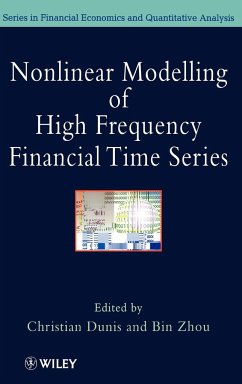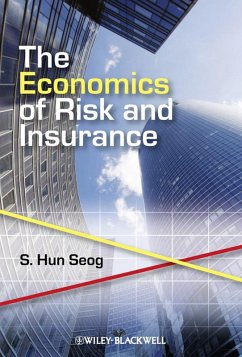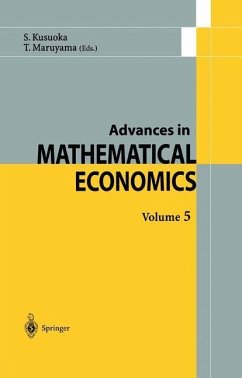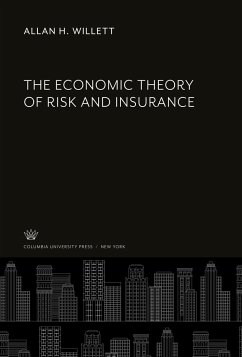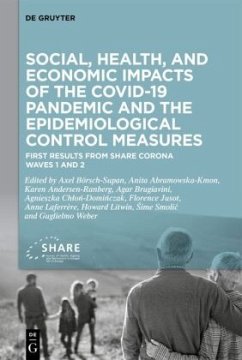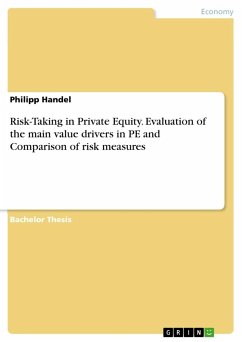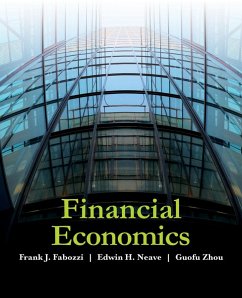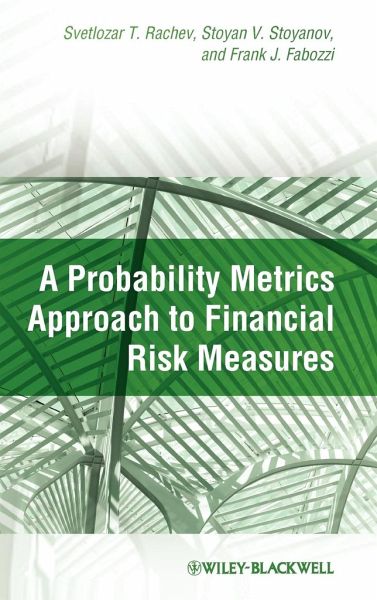
A Probability Metrics Approach to Financial Risk Measures
Versandkostenfrei!
Versandfertig in über 4 Wochen
222,99 €
inkl. MwSt.
Weitere Ausgaben:

PAYBACK Punkte
111 °P sammeln!
A Probability Metrics Approach to Financial Risk Measures relates the field of probability metrics and risk measures to one another and applies them to finance for the first time.Helps to answer the question: which risk measure is best for a given problem?Finds new relations between existing classes of risk measuresDescribes applications in finance and extends them where possiblePresents the theory of probability metrics in a more accessible form which would be appropriate for non-specialists in the fieldApplications include optimal portfolio choice, risk theory, and numerical methods in finan...
A Probability Metrics Approach to Financial Risk Measures relates the field of probability metrics and risk measures to one another and applies them to finance for the first time.
Helps to answer the question: which risk measure is best for a given problem?
Finds new relations between existing classes of risk measures
Describes applications in finance and extends them where possible
Presents the theory of probability metrics in a more accessible form which would be appropriate for non-specialists in the field
Applications include optimal portfolio choice, risk theory, and numerical methods in finance
Topics requiring more mathematical rigor and detail are included in technical appendices to chapters
Helps to answer the question: which risk measure is best for a given problem?
Finds new relations between existing classes of risk measures
Describes applications in finance and extends them where possible
Presents the theory of probability metrics in a more accessible form which would be appropriate for non-specialists in the field
Applications include optimal portfolio choice, risk theory, and numerical methods in finance
Topics requiring more mathematical rigor and detail are included in technical appendices to chapters





